Lantana, or Raimuniya and Tantani, is a woody shrub that grows 2-5 metres tall. It thrives in both dry and wet environments, forming dense thickets or climbing trees. Found across India, including Goa, its leaves are rough, oval, and green with toothed edges. The small, colourful flowers attract butterflies, and its fruit turns from green to black, dispersed by birds and mammals.
Lantana's dense growth prevents native plants from growing and changes forest structure. It increases fire risks and is toxic to livestock, reducing available forage. Lantana also hosts diseases like sandal spike disease and suppresses important plants like amla, posing risks to forest communities.
The most effective removal method is cutting the plant below the root collar to prevent regrowth. Uprooting is less effective and labour-intensive. Consistent removal and establishing canopy cover can help control Lantana.
Conclusion:
There are many such invasive plant species altering habitats in our forests. Managing them in the forests of the Western Ghats is crucial for preserving biodiversity and ecological balance. Raising awareness about such species and promoting knowledge about native trees is essential for safeguarding our environment.
This understanding is particularly valuable for individuals managing their gardens, such as in Goa, where knowing about trees in Goa is crucial for effective plant management. For further information on such species refer the book ‘Guests who never left’ and the article ‘No food in Forests’ for Invasive species in the Western Ghats. For more tips on living in Goa and managing your home and garden, stay tuned to our blog!



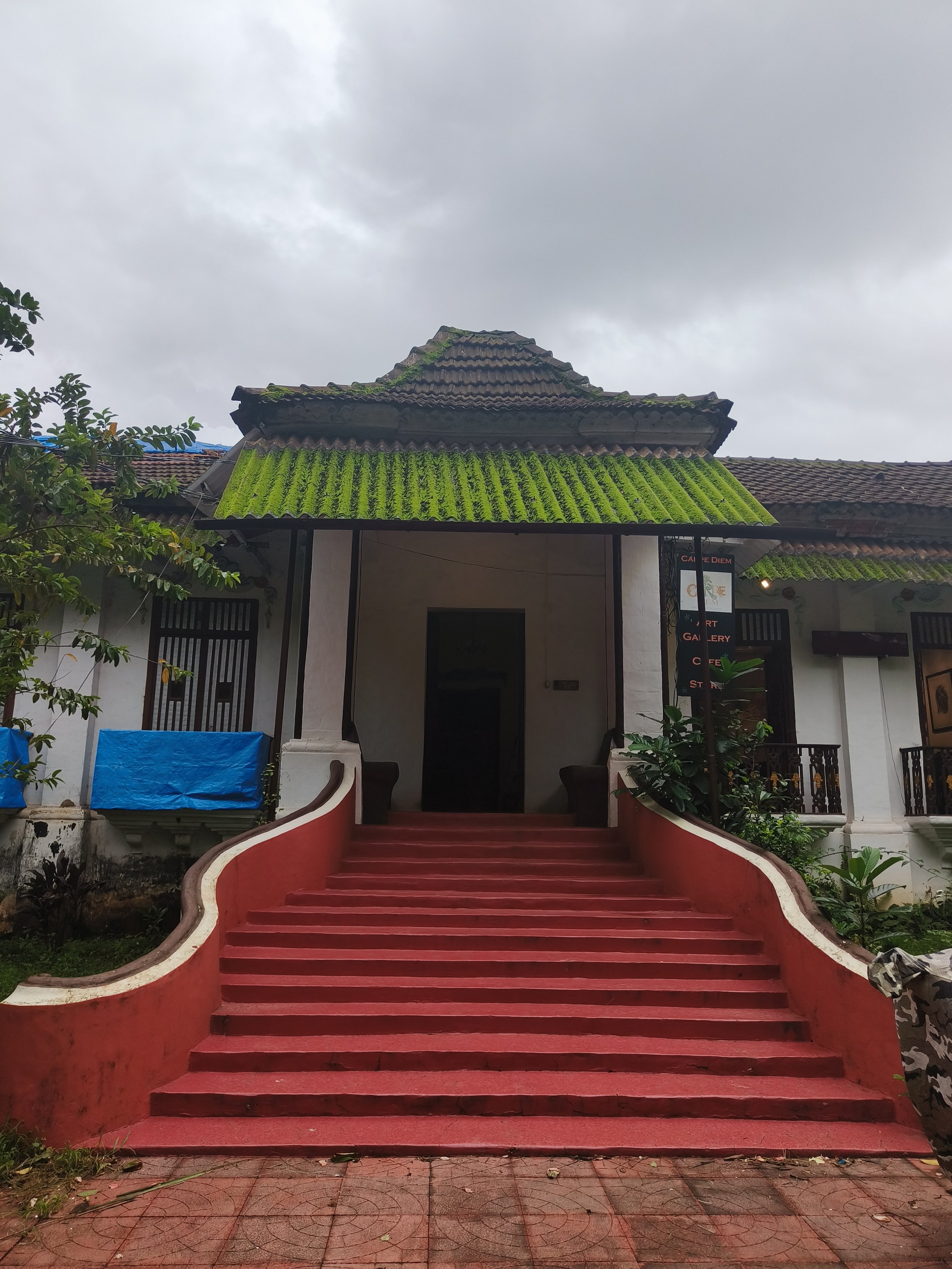









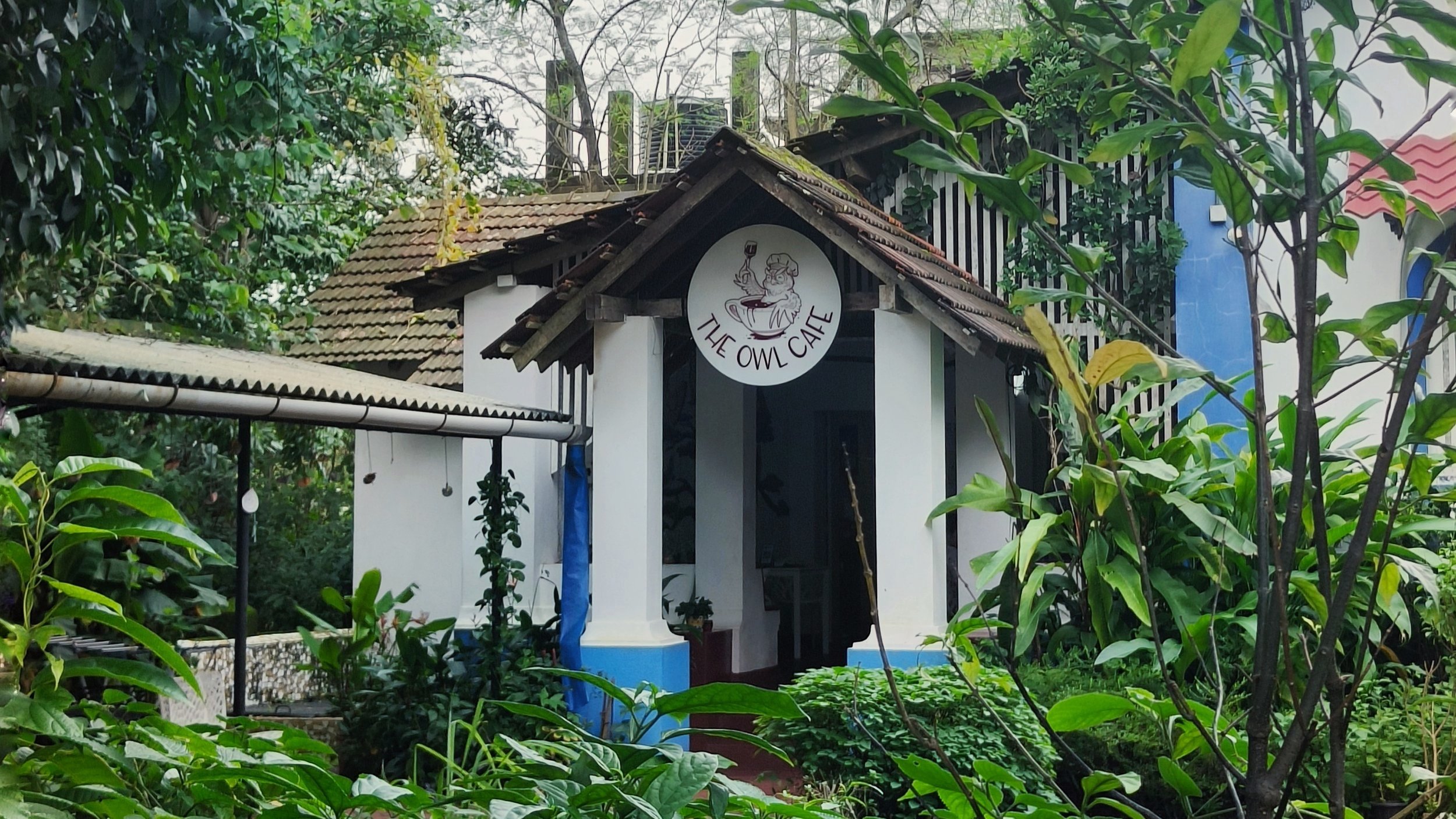






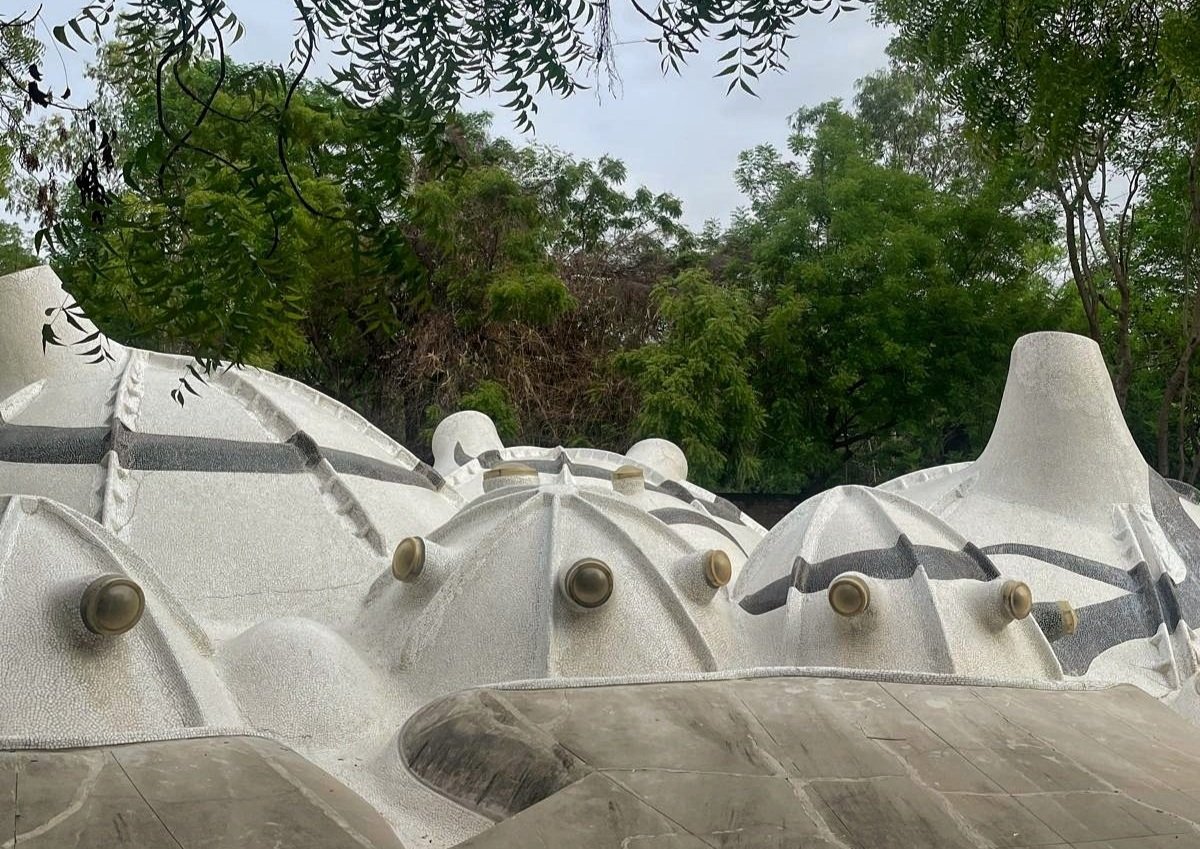

























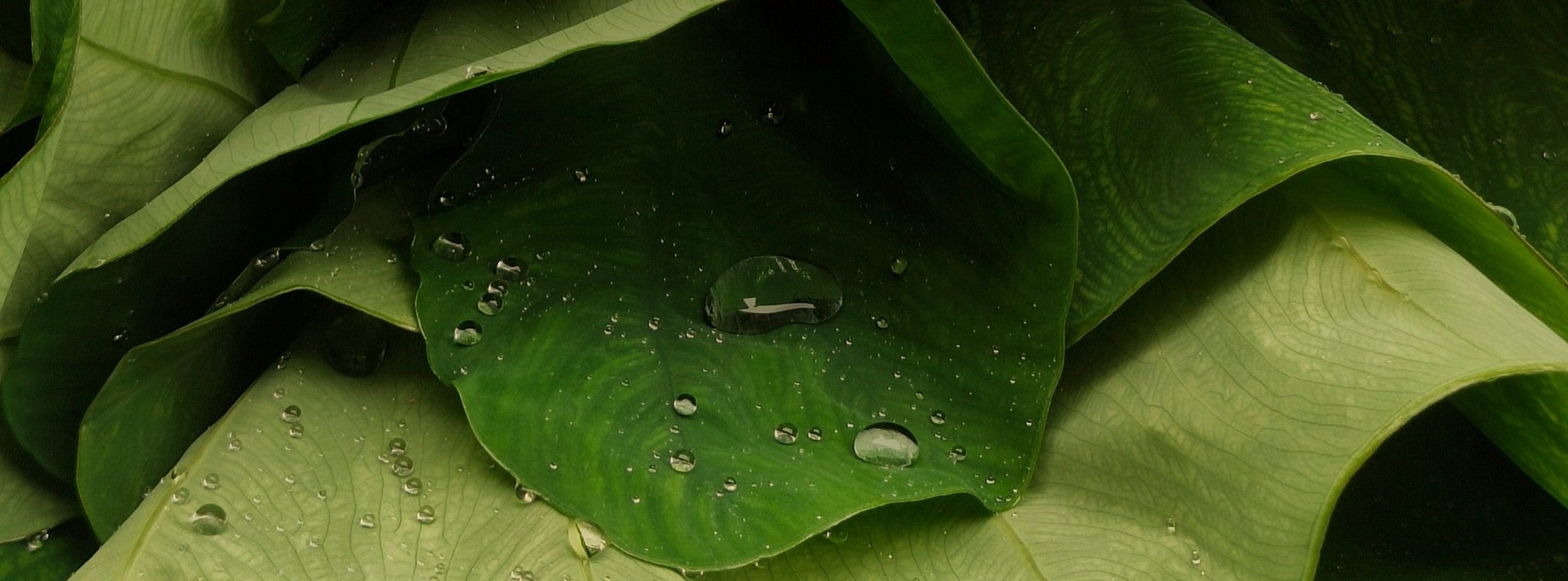


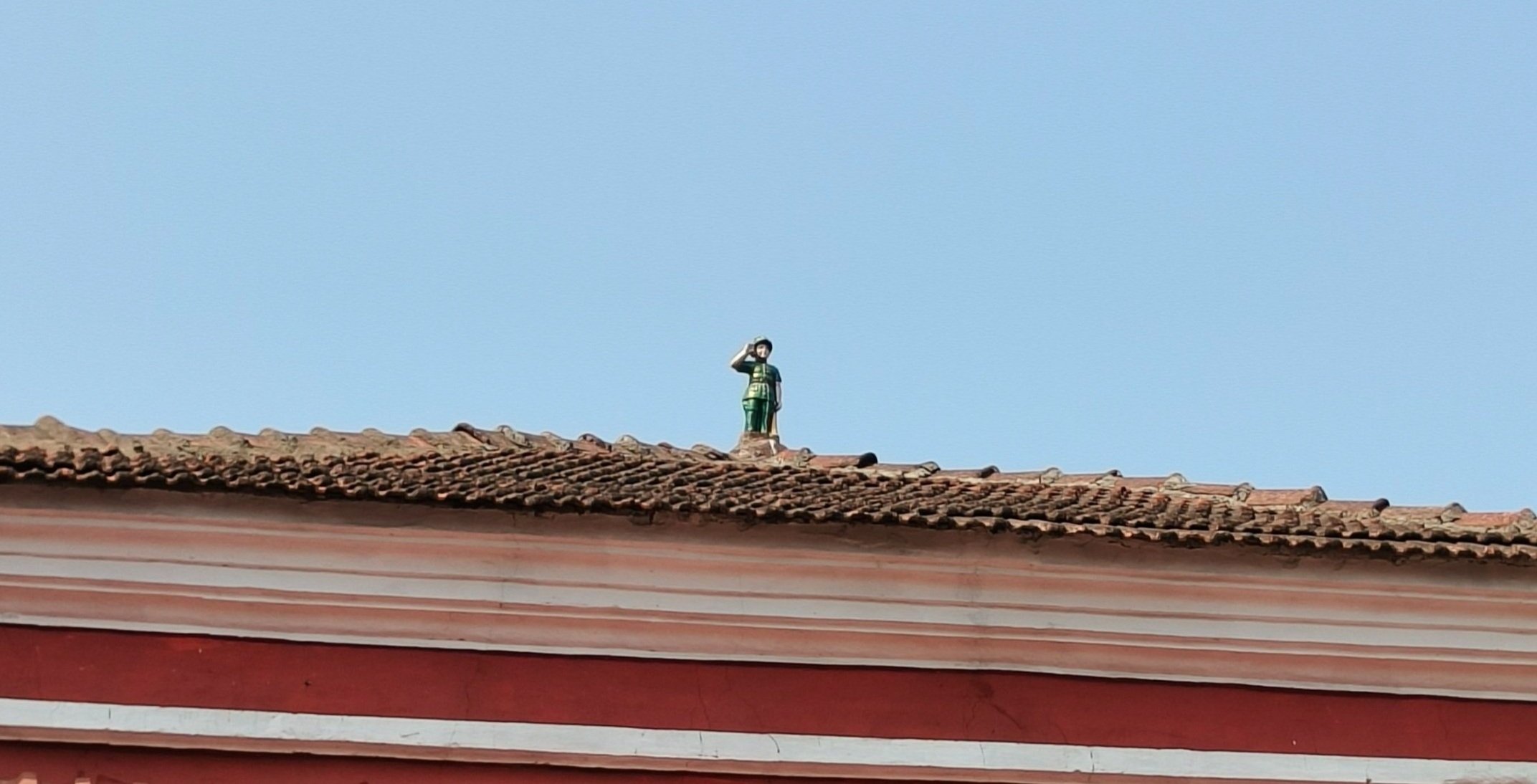
















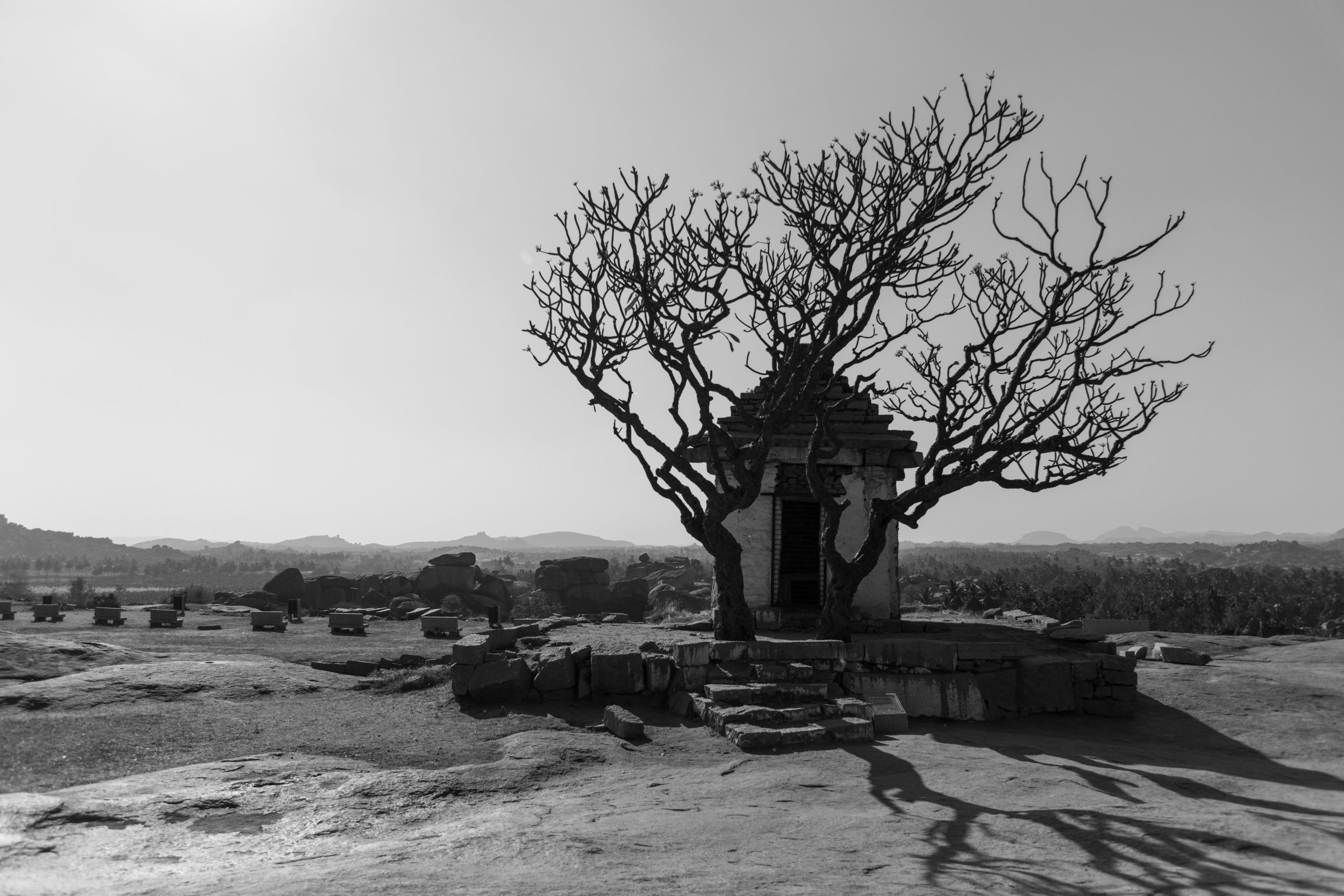











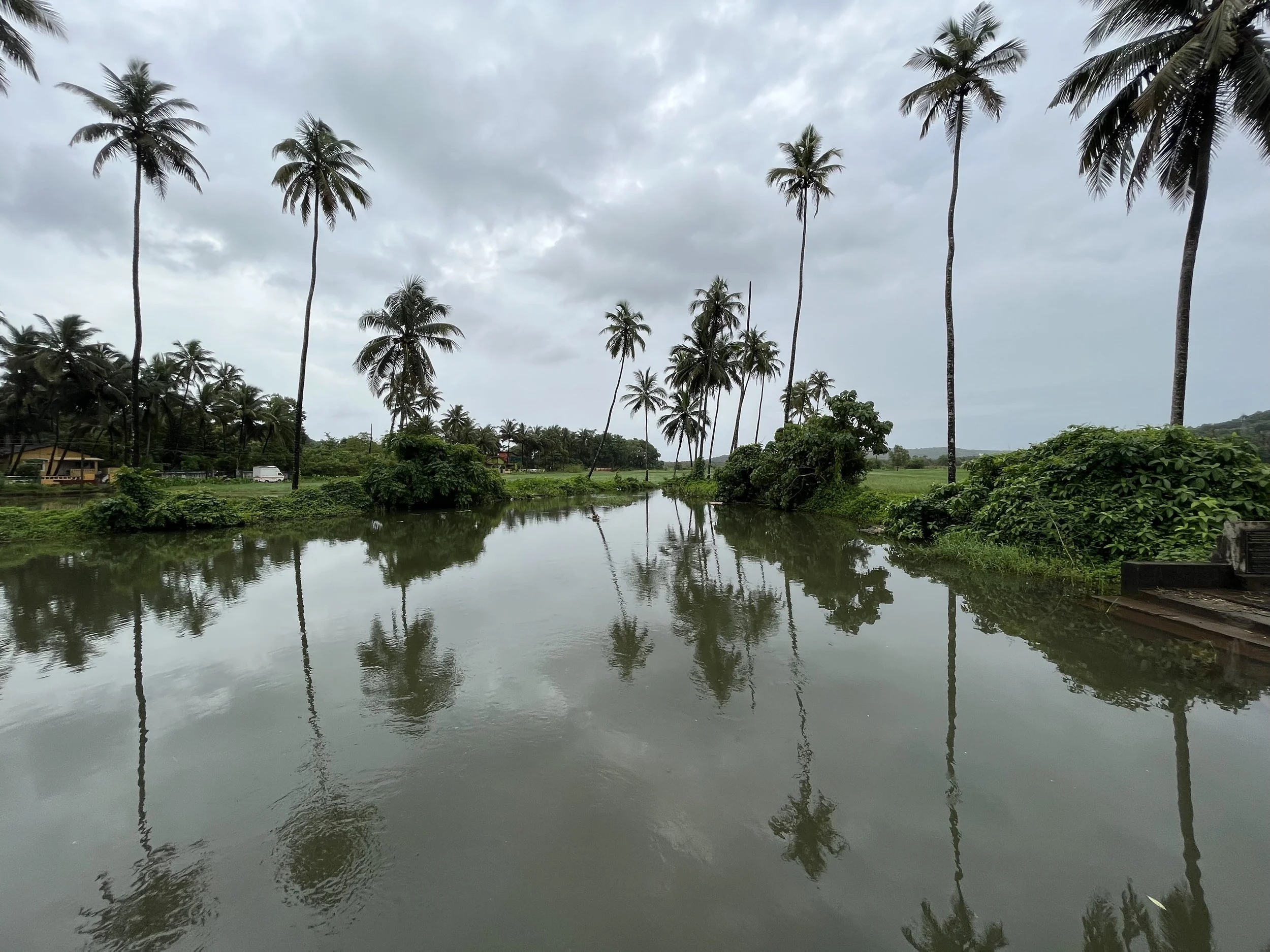






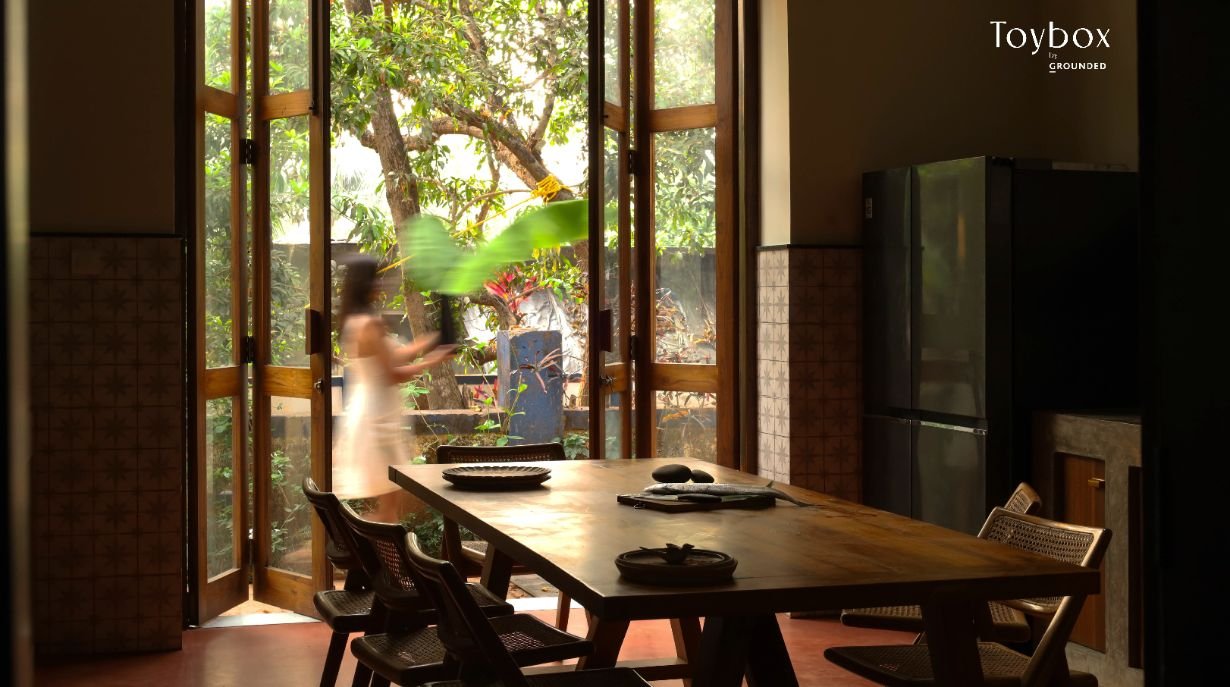


Luxury Villa for sale in North Goa